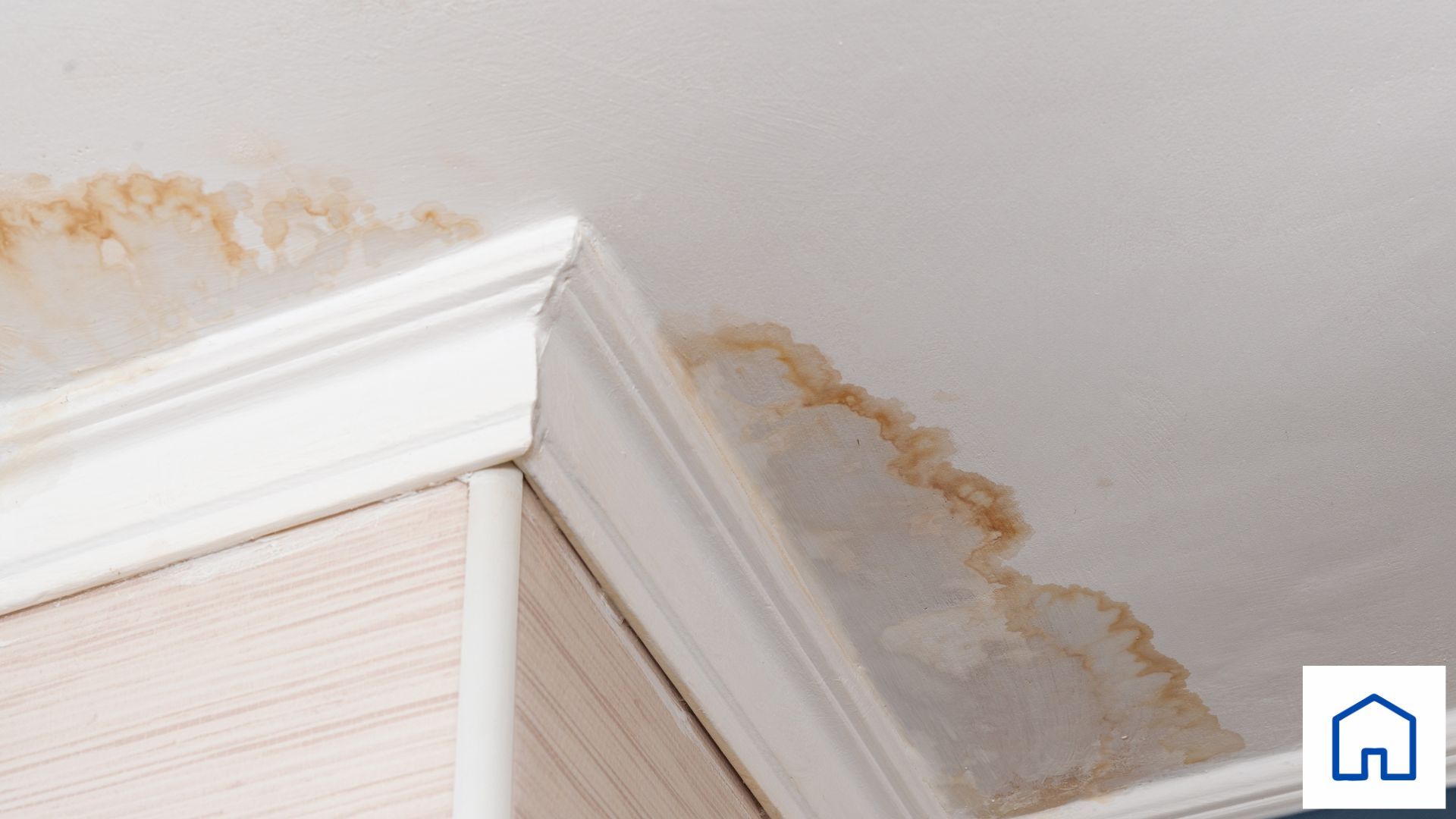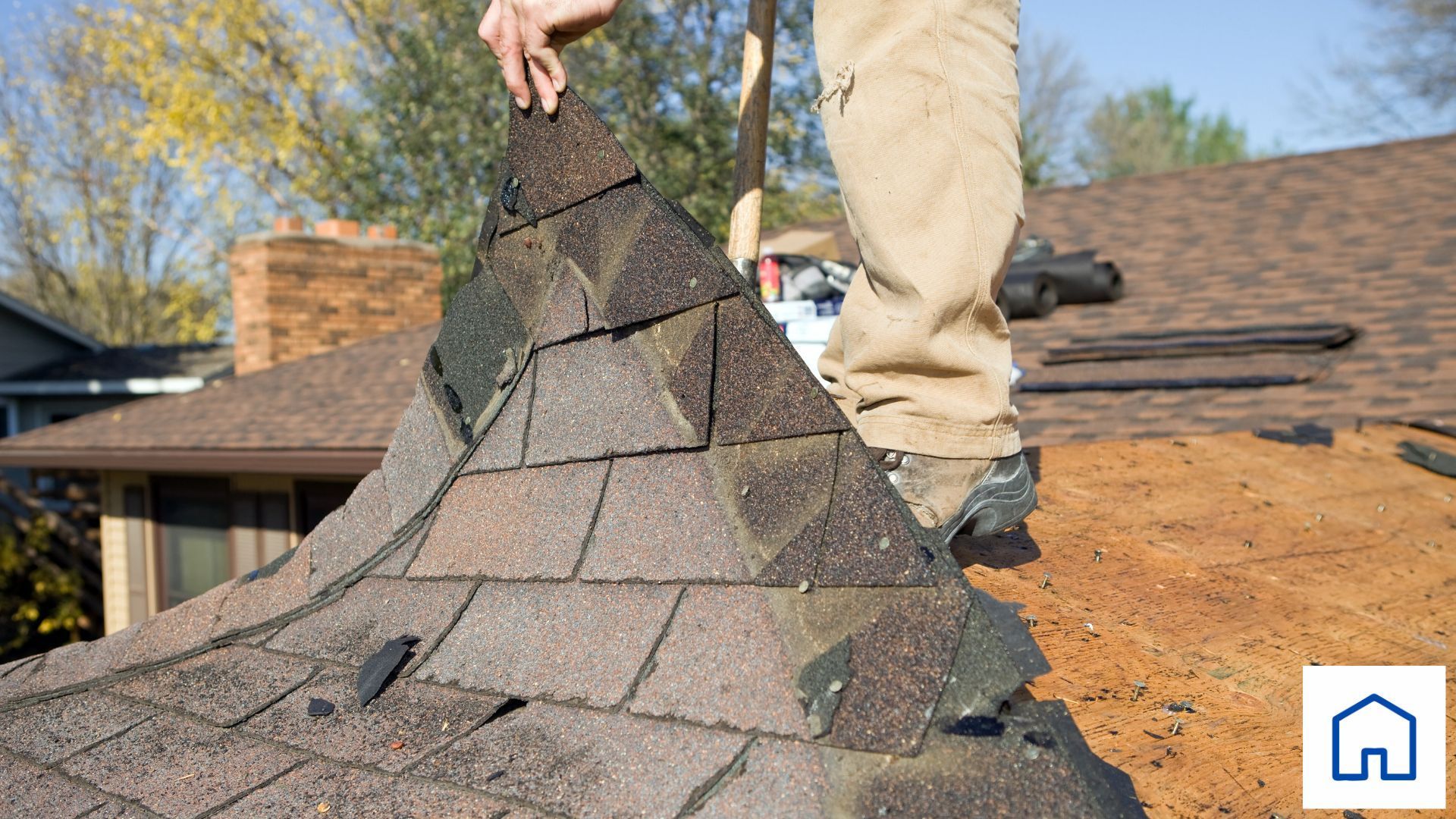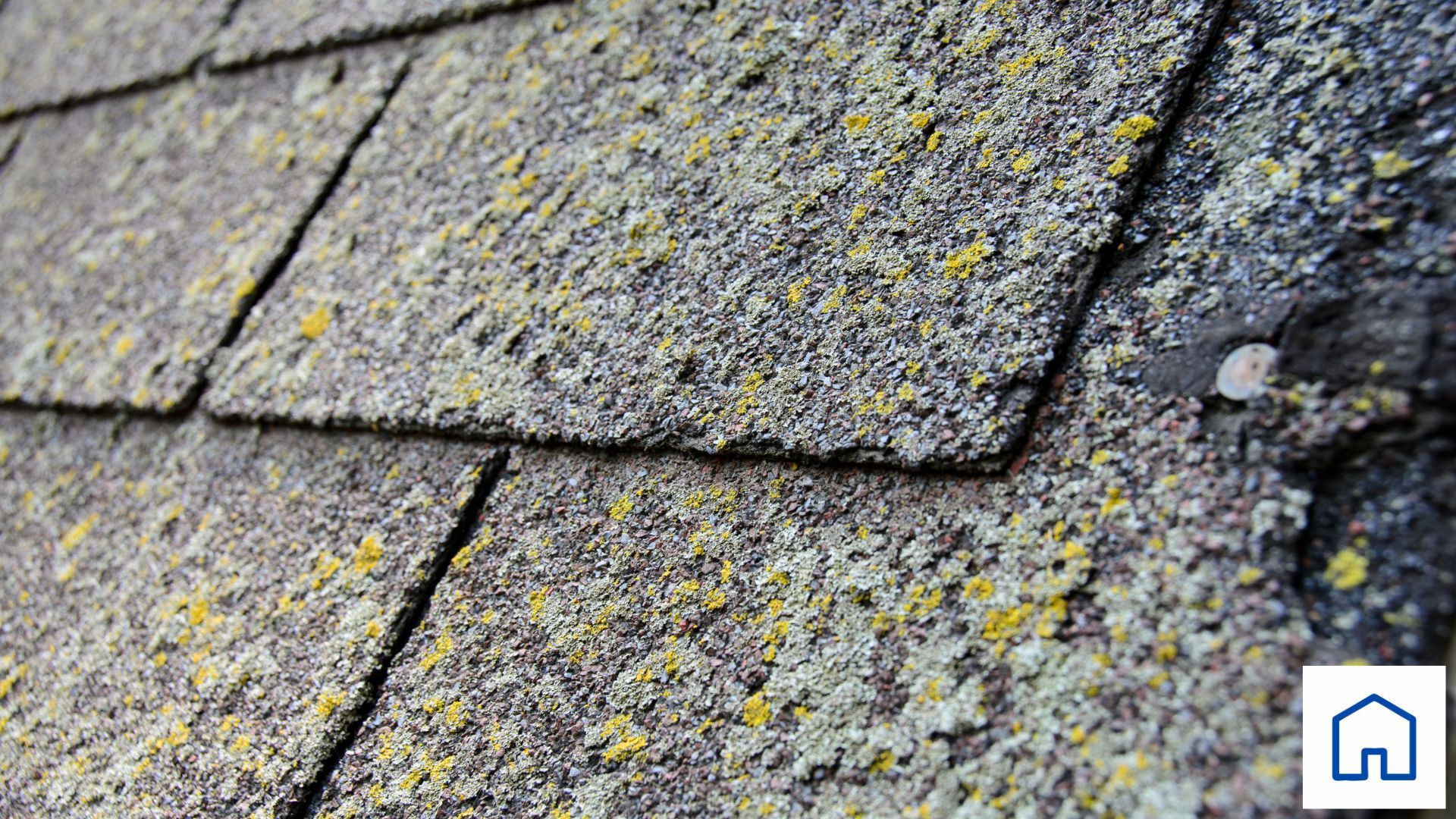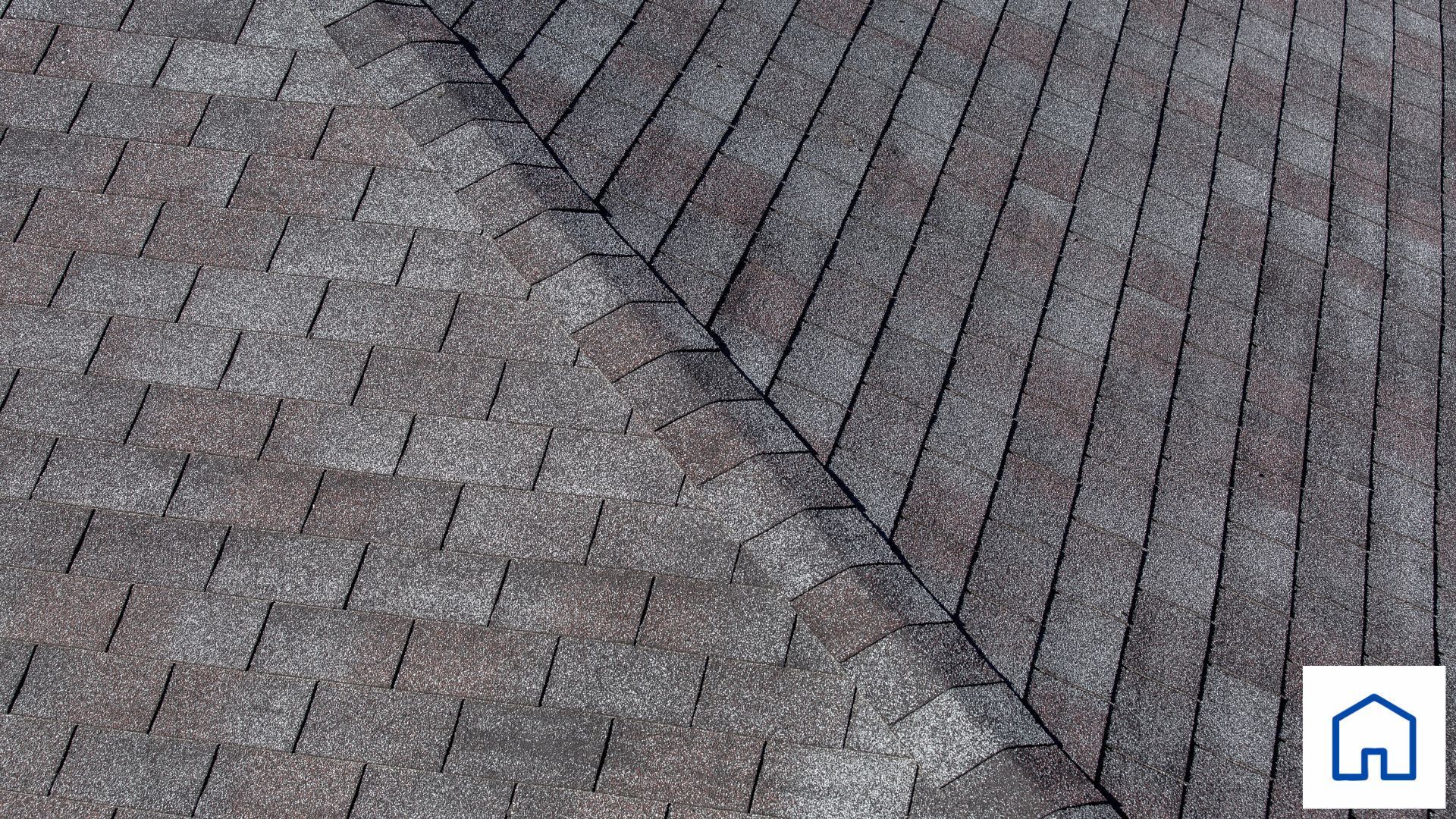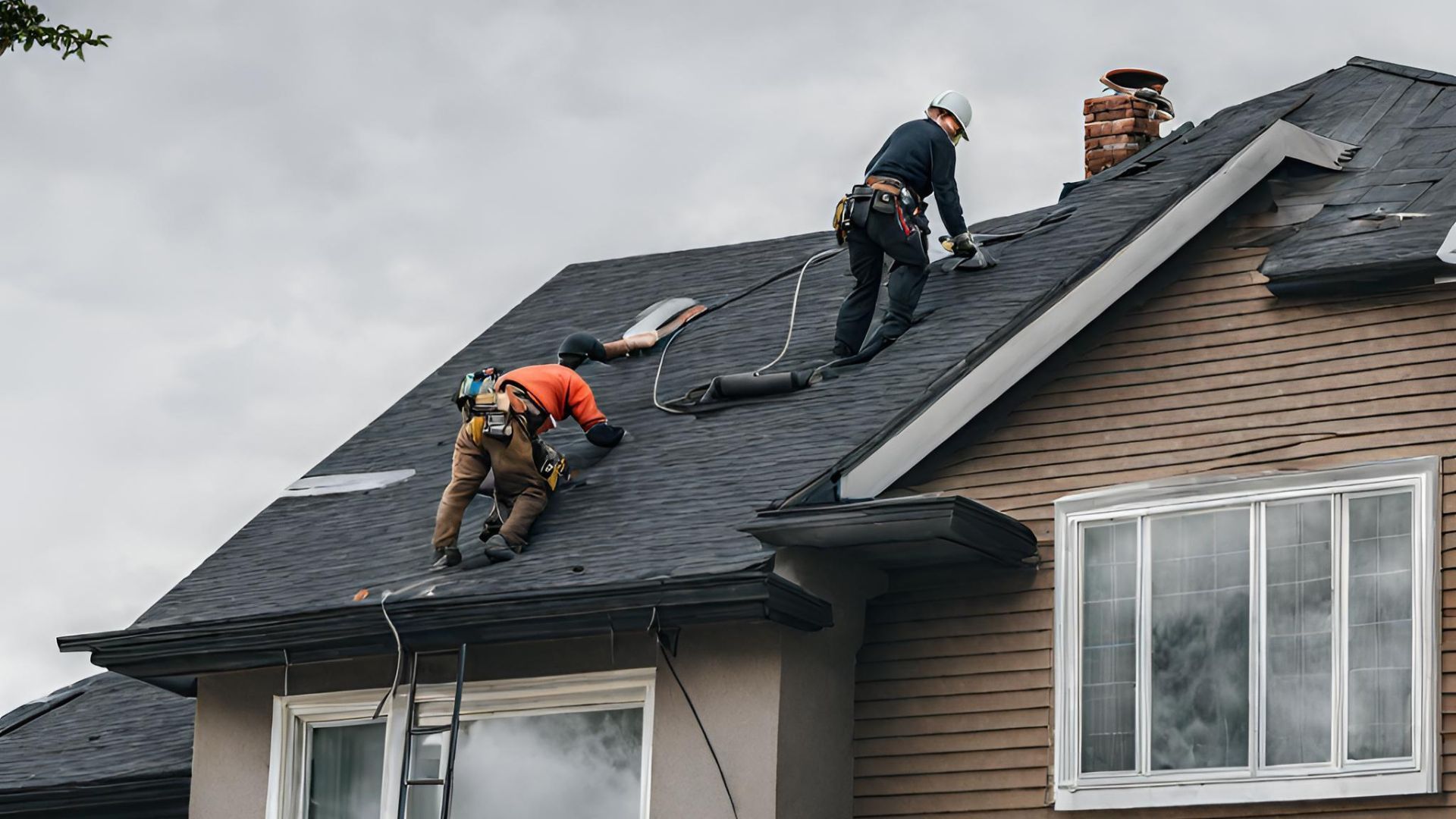Why Gutter Shutters are important for your Roof
As homeowners in Carrollton, winter weather can take a toll on your home. From snow and ice to winds and rain, it's important to make sure you have systems in place to protect your residence from the elements. One such option is investing in gutter shutters - specifically designed for flat roofs, these covers help prevent water from building up on top of the gutters, which leads to issues like leaks and general damage down the line. In this blog post, we'll go over why gutter shutters are so beneficial for Carrollton residents during winter months - from keeping out debris that would otherwise clog up your gutters to reducing damages associated with heavy storms. Let's dive into all of their great features!
Benefits of installing Gutter Shutters in Winter
1. Prevents Ice Dams
One of the primary benefits of gutter guards or shutters is that they can help prevent ice dams from forming on your roof. Ice dams occur when melting snow refreezes at the edge of your roof, causing a barrier that can trap water and cause it to back up under your shingles. This can lead to serious damage to your roof, including leaks and rot. Gutter guards can help to prevent this by keeping the snow and ice from building up in your gutters.
2. Reduces the Risk of Roof Collapse
Another benefit of gutter guards is that they can reduce the risk of roof collapse. Heavy snow and ice can cause your gutters to sag or even collapse, putting a great deal of stress on your roof. This can lead to leaks, rot, and even collapse. Gutter guards can help prevent this by keeping the weight of the snow and ice off your gutters.
3. Protects Your Foundation
Gutters play an essential role in protecting your foundation from water damage. When rainwater runs off of your roof, it can collect around the base of your home and seep into the ground, causing serious damage to your foundation. Gutter guards can help to prevent this by keeping the water from collecting in your gutters.
4. Prevents Basement Flooding
Another benefit of gutter guards is that they can help to prevent basement flooding. When snow melted water collects in your gutters and then overflows, it can run down the sides of your home and into your basement, causing serious flooding problems. Gutter guards can help to prevent this by keeping the water from overflowing out of your gutters.
5. Keeps Animals Out
Gutters are often home to a variety of animals, including birds, squirrels, and rodents, especially in winter. These animals can build nests in your gutters, which can block the flow of water and cause serious problems. Additionally, these animals can carry diseases that could be harmful to you and your family. Gutter guards can help to keep these animals out by providing a physical barrier that they cannot cross.
Things to consider while choosing a gutter guard for your home in winter
When it comes to winter weather and gutters, there are some important things to consider when choosing a gutter guard for your home. It's essential to ensure that the material used in constructing the gutter guard will be able to withstand extreme temperatures. There are a variety of options available, including metal, plastic, and foam. Metal guards are generally the most durable option, while foam guards can provide insulation to help keep leaves and debris out of your gutters. Plastic guards are often the least expensive option, but they may not be as effective in extreme weather conditions.
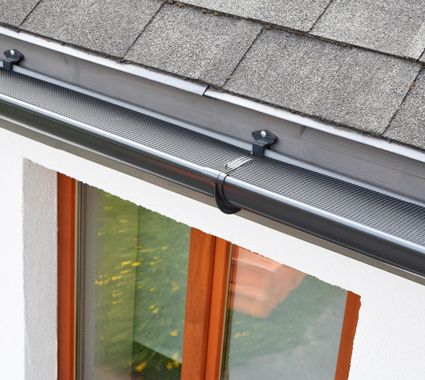
Finally, it's important to consider the level of protection that the gutter guard provides. Some guards are designed to keep out only leaves, while others can provide protection against snow and ice. A better-quality guard will ensure that your gutters remain free of debris during the winter months.
By taking these factors into consideration when selecting a gutter guard, you can ensure that your home is well-protected from the harsh winter weather. Investing in a quality gutter guard now can save you time and money later on.
Best Nest Renovations offers the most reliable
gutter shutter installation services in Carrollton for your residential or commercial building. Our expert technicians are skilled and qualified to inspect your building and choose the best option while also considering your budget.
Call us today for an obligation-free quote.
